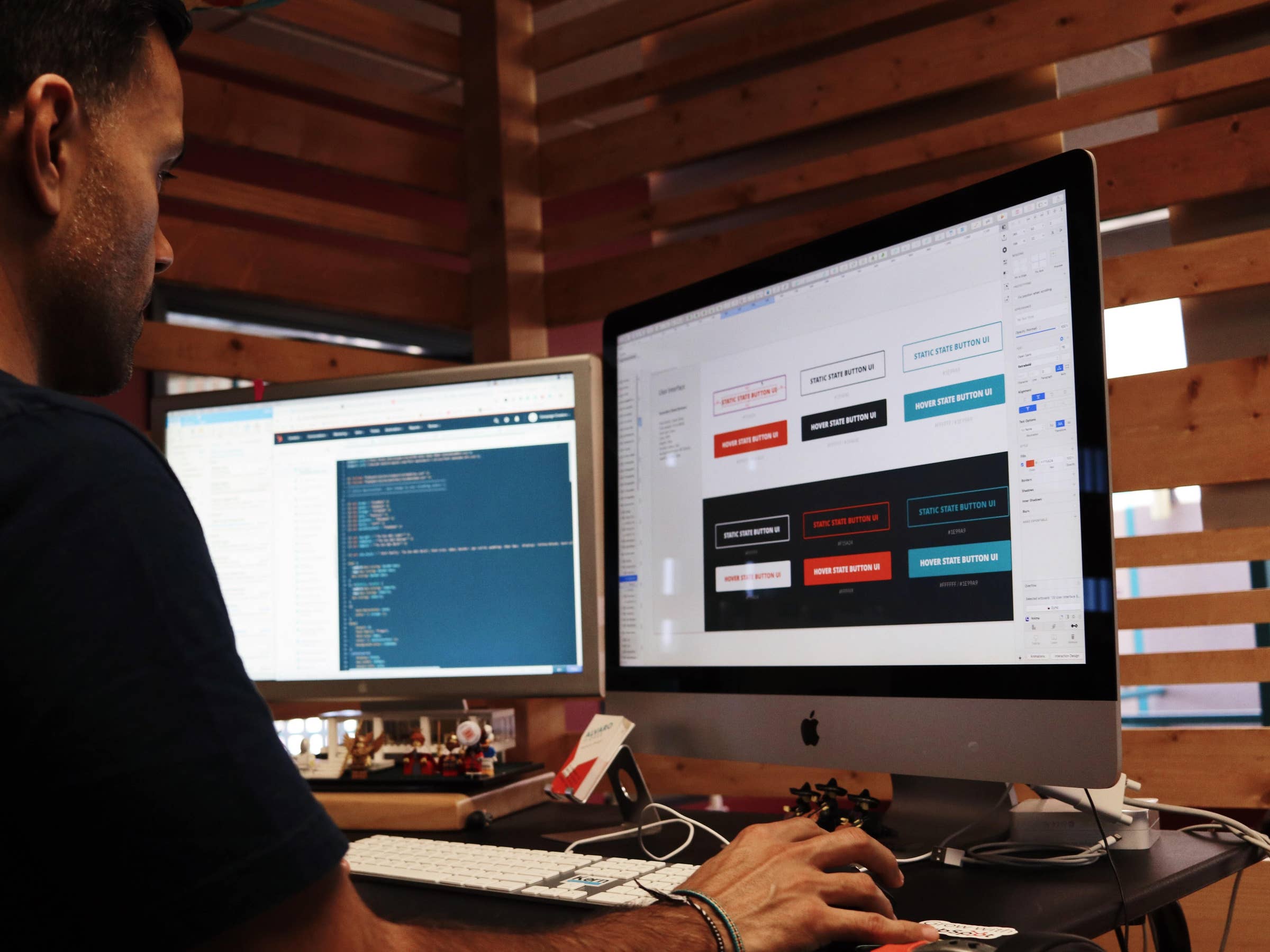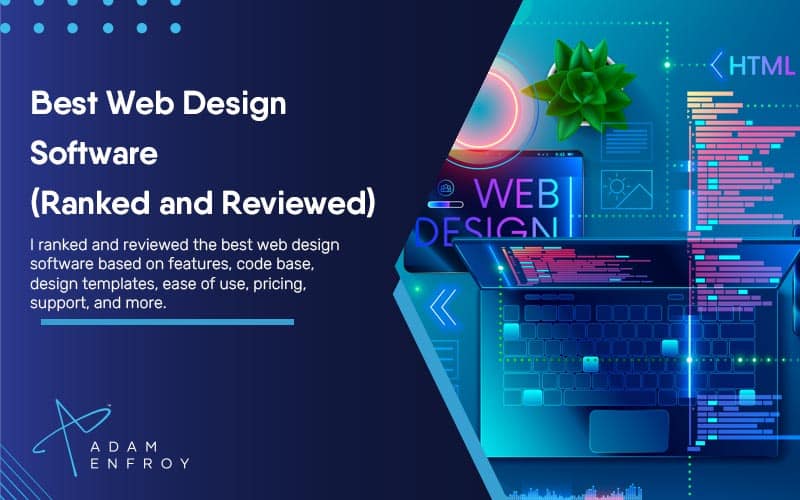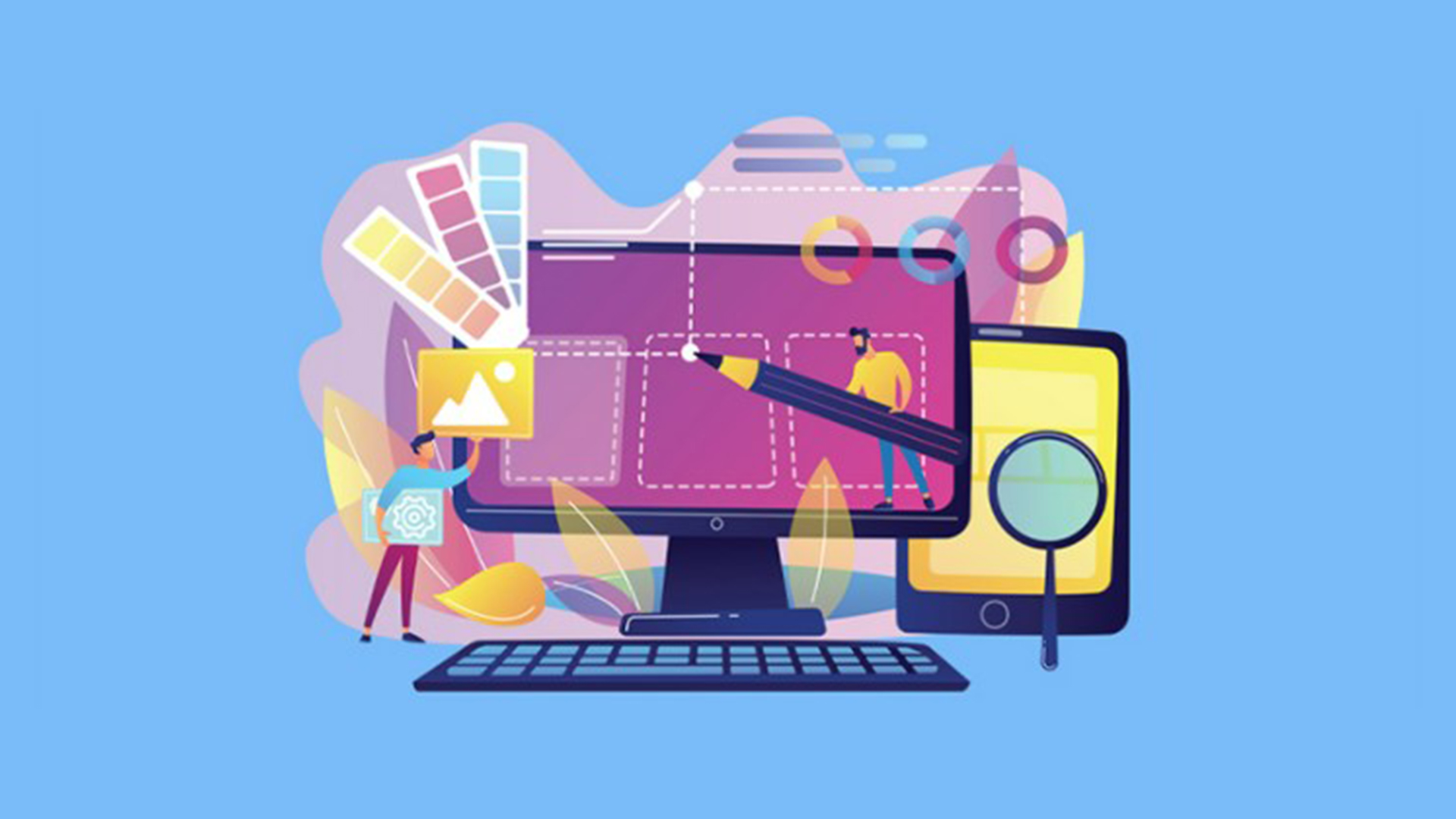All Categories
Featured
Table of Contents
- – Website Design - Best Ecommerce Web Design By ...
- – What Does A Web Designer Do? - Careerexplorer...
- – 53 Web Design Tools To Help You Work Smarter ...
- – Why Is Web Design Important? - 6 Reasons To I...
- – What Is Web Design? The Ultimate Guide To Web...
- – Web Design And Applications - W3c Tips and Tr...
- – Web Design Software By Xara Tips and Tricks:
- – Web Design Blog - Webdesigner Depot Webdesig...
- – 34 Of The Best Website Designs To Inspire Yo...
- – What Is Web Design (And How Do I Get It Righ...
- – Boxcar Studio - Wordpress & Drupal Web Desig...
Website Design - Best Ecommerce Web Design By Shopify Tips and Tricks:
Quick summary Use and the utility, not the visual design, figure out the success or failure of a website. Because the visitor of the page is the only individual who clicks the mouse and for that reason decides whatever, user-centric style has developed as a standard approach for successful and profit-oriented website design - web design frederick md.
and the energy, not the visual style, determine the success or failure of a website. Considering that the visitor of the page is the only person who clicks the mouse and for that reason chooses everything, user-centric design has actually become a standard approach for successful and profit-oriented website design. If users can't use a function, it may as well not exist.
g. where the search box should be placed) as it has actually currently been performed in a number of short articles; rather we focus on the techniques which, used properly, can result in more advanced style decisions and streamline the process of perceiving presented info. Please discover that you might be thinking about the usability-related short articles we've published before: Principles Of Good Website Design And Effective Web Style Guidelines, In order to utilize the concepts properly we initially require to understand how users engage with sites, how they believe and what are the standard patterns of users' habits.
What Does A Web Designer Do? - Careerexplorer Tips and Tricks:
Visitors glimpse at each new page, scan some of the text, and click the very first link that catches their interest or slightly looks like the important things they're trying to find. There are big parts of the page they do not even look at. Many users look for something interesting (or helpful) and clickable; as quickly as some promising candidates are discovered, users click.
If a page supplies users with high-quality material, they are ready to compromise the content with advertisements and the design of the site. This is the reason not-that-well-designed sites with high-quality material acquire a lot of traffic over years. Material is more crucial than the style which supports it.

Users do not check out, they scan. Notice how "hot" locations abrupt in the middle of sentences. This is normal for the scanning process. Very basic principle: If a website isn't able to satisfy users' expectations, then designer failed to get his task done appropriately and the company loses cash. The higher is the cognitive load and the less intuitive is the navigation, the more willing are users to leave the site and look for alternatives.
53 Web Design Tools To Help You Work Smarter In 2022 Tips and Tricks:
Neither do they scan website in a direct fashion, going sequentially from one website area to another one. Instead users satisfice; they select the first affordable alternative. As quickly as they discover a link that looks like it might result in the goal, there is a great chance that it will be instantly clicked.
It doesn't matter to us if we understand how things work, as long as we can use them. If your audience is going to act like you're developing signboard, then style fantastic billboards." Users desire to have the ability to control their web browser and depend on the constant data presentation throughout the site.
If the navigation and site architecture aren't user-friendly, the variety of enigma grows and makes it harder for users to comprehend how the system works and how to receive from point A to point B. A clear structure, moderate visual ideas and quickly identifiable links can help users to discover their path to their goal.
Why Is Web Design Important? - 6 Reasons To Invest In Site ... Tips and Tricks:

claims to be "beyond channels, beyond products, beyond distribution". What does it imply? Because users tend to explore sites according to the "F"-pattern, these three declarations would be the first elements users will see on the page once it is filled. Although the style itself is easy and intuitive, to understand what the page is about the user requires to browse for the response.
Once you have actually accomplished this, you can interact why the system is useful and how users can take advantage of it. Individuals will not use your website if they can't discover their method around it. 2. Do Not Waste Users' Persistence, In every task when you are going to offer your visitors some service or tool, try to keep your user requirements very little.
First-time visitors are ready to, not filling long web kinds for an account they might never ever use in the future. Let users explore the site and find your services without requiring them into sharing personal data. It's not sensible to require users to go into an email address to evaluate the function.
What Is Web Design? The Ultimate Guide To Website Design ... Tips and Tricks:
Stikkit is an ideal example for an easy to use service which requires nearly nothing from the visitor which is inconspicuous and reassuring. Which's what you want your users to feel on your website. Obviously, Mite requires more. Nevertheless the registration can be carried out in less than 30 seconds as the type has horizontal orientation, the user does not even require to scroll the page.
A user registration alone suffices of an impediment to user navigation to reduce incoming traffic. 3. Manage To Focus Users' Attention, As sites supply both fixed and vibrant material, some elements of the user interface draw in attention more than others do. Obviously, images are more distinctive than the text just as the sentences marked as strong are more attractive than plain text.
Focusing users' attention to specific locations of the website with a moderate use of visual components can help your visitors to get from point A to point B without thinking about how it actually is expected to be done. The less enigma visitors have, the they have and the more trust they can develop towards the business the site represents.
Web Design And Applications - W3c Tips and Tricks:
4. Pursue Feature Exposure, Modern website design are usually criticized due to their approach of directing users with visually appealing 1-2-3-done-steps, big buttons with visual results etc. However from the style viewpoint these aspects really aren't a bad thing. On the contrary, such as they lead the visitors through the site content in a really easy and easy to use way.
The site has 9 main navigation alternatives which are noticeable at the first look. What matters is that the material is well-understood and visitors feel comfy with the way they engage with the system.
Rather a rate: just what visitors are looking for. An optimal option for effective writing is touse short and concise expressions (come to the point as rapidly as possible), use scannable design (categorize the material, use numerous heading levels, use visual elements and bulleted lists which break the circulation of consistent text blocks), usage plain and objective language (a promotion doesn't require to sound like advertisement; give your users some reasonable and objective reason why they should utilize your service or remain on your website)6.
Web Design Software By Xara Tips and Tricks:
Users are rarely on a website to enjoy the style; moreover, in many cases they are looking for the details regardless of the design - web design frederick md. Pursue simplicity rather of intricacy. From the visitors' viewpoint, the best website style is a pure text, without any ads or further content obstructs matching exactly the query visitors used or the material they have actually been looking for.
Finch plainly provides the details about the site and provides visitors an option of alternatives without overcrowding them with unneeded material. Not just does it assist to for the visitors, but it makes it possible to perceive the details provided on the screen.
Complex structures are more difficult to read, scan, analyze and work with. If you have the option between separating two style sectors by a noticeable line or by some whitespace, it's generally better to use the whitespace service. (Simon's Law): the better you manage to provide users with a sense of visual hierarchy, the easier your content will be to view.
Web Design Blog - Webdesigner Depot Webdesigner Depot Tips and Tricks:
The very same conventions and rules must be used to all elements.: do the most with the least amount of hints and visual elements. Clearness: all parts need to be developed so their significance is not unclear.
Conventions Are Our Buddies, Standard style of site components doesn't result in an uninteresting web site. It would be an usability nightmare if all sites had different visual presentation of RSS-feeds.
understand what they're anticipating from a website navigation, text structure, search placement etc. A normal example from usability sessions is to translate the page in Japanese (assuming your web users do not know Japanese, e. g. with Babelfish) and offer your use testers with a task to discover something in the page of various language.
34 Of The Best Website Designs To Inspire You In 2022 Tips and Tricks:
Steve Krug suggests that it's better to, but make the most of conventions when you do not. 10. Test Early, Test Frequently, This so-called TETO-principle must be applied to every web design task as functionality tests often supply into substantial issues and issues associated with an offered layout. Test not far too late, not insufficient and not for the wrong factors.
Some crucial points to remember: according to Steve Krug, and screening one user early in the job is much better than testing 50 near completion. Accoring to Boehm's very first law, mistakes are most regular throughout requirements and style activities and are the more costly the later on they are removed.
That indicates that you create something, test it, fix it and then test it once again. There might be issues which haven't been found during the first round as users were practically obstructed by other issues.
What Is Web Design (And How Do I Get It Right)? - 99designs Tips and Tricks:

This holds for designers. After you've worked on a site for few weeks, you can't observe it from a fresh perspective any longer. You know how it is constructed and therefore you know exactly how it works you have the wisdom independent testers and visitors of your website wouldn't have.
It can be connected to other areas such as graphic style, user experience, and multimedia arts, but is more appropriately seen from a technological perspective. It has actually ended up being a big part of individuals's daily lives. It is tough to think of the Web without animated graphics, various designs of typography, background, videos and music.

Throughout 1991 to 1993 the Web was born. Text-only pages might be viewed utilizing a simple line-mode browser. In 1993 Marc Andreessen and Eric Bina, developed the Mosaic internet browser. At the time there were numerous web browsers, nevertheless most of them were Unix-based and naturally text heavy. There had been no integrated method to graphic style aspects such as images or noises.
Boxcar Studio - Wordpress & Drupal Web Design ... - Ann Arbor Tips and Tricks:
The W3C was produced in October 1994 to "lead the Internet to its complete potential by establishing typical protocols that promote its advancement and guarantee its interoperability." This prevented any one business from monopolizing a propriety internet browser and shows language, which might have modified the result of the World Wide Web as a whole.
As this has actually happened the innovation of the web has also proceeded. There have actually likewise been considerable modifications in the way people use and access the web, and this has actually altered how websites are designed. Given that completion of the browsers wars [] brand-new internet browsers have been launched. A number of these are open source suggesting that they tend to have faster development and are more encouraging of new requirements.
Learn more about Lovell Media Group LLC or TrainACETable of Contents
- – Website Design - Best Ecommerce Web Design By ...
- – What Does A Web Designer Do? - Careerexplorer...
- – 53 Web Design Tools To Help You Work Smarter ...
- – Why Is Web Design Important? - 6 Reasons To I...
- – What Is Web Design? The Ultimate Guide To Web...
- – Web Design And Applications - W3c Tips and Tr...
- – Web Design Software By Xara Tips and Tricks:
- – Web Design Blog - Webdesigner Depot Webdesig...
- – 34 Of The Best Website Designs To Inspire Yo...
- – What Is Web Design (And How Do I Get It Righ...
- – Boxcar Studio - Wordpress & Drupal Web Desig...
Latest Posts
Website Creators Frederick MD
Webpage Design (Article) - Further Learning - Khan Academy Tips and Tricks:
Lifted Logic: Web Design In Kansas City - Seo - Website ... Tips and Tricks:
More
Latest Posts
Website Creators Frederick MD
Webpage Design (Article) - Further Learning - Khan Academy Tips and Tricks:
Lifted Logic: Web Design In Kansas City - Seo - Website ... Tips and Tricks: